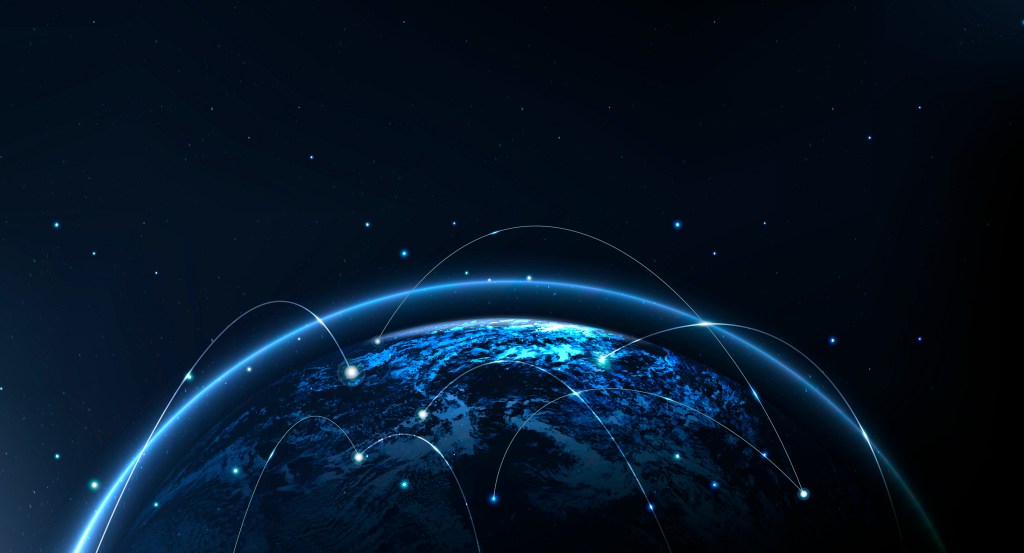In the 21st century, getting data has never been easy, and understanding data has become even more challenging. Not everyone is born with deductive techniques like Sherlock Holmes, so interpreting data in physical form is somewhat difficult.
But, mapping out those statistics can help create relationships with data more obvious and provide instant answers to the questions. Such a practice is location analytics, let us understand how it can revolutionize businesses in the analytics world.
Defining location analytics
Location analytics is a practice where the business data and stats are layered onto a geographical layout to extract valuable insights. It is also known as GeoAnalytics. The businesses collect data from people through their transactions, goods purchased, stores they visited, etc. Such data provides businesses with valuable insights.
When the collected data is placed on a geographical component, it enhances the analysis made from it. Thus, location analytics offers a new understanding of trends and binds stronger bonds with the data.
Why do businesses need it?
Since we know the definition of location analytics, we also need to know what benefit it provides to a business. Some of the benefits of location analytics are as follows:
Improved return on investments
Location analytics can provide accurate insights into a business’s performance. It uses techniques like “heat mapping” where data is combined with the location, this could precisely pinpoint hotspots that benefit a business with scarce funds.
Increased sales
Sales can be improved with the help of location analytics combines the data about buying patterns, psycho-demographics, and sentiment analysis which are linked with a map’s longitude and latitude. This helps businesses to take targeted decisions at group or individual levels.
Controlled costs
Location analytics is also helpful in cutting costs and reducing risks in supply chain management. One of the most well-known applications it revolves on is the optimal placement of facilities and assets. Location analytics also assists in routing or rerouting in real-time according to the traffic patterns, thus it significantly reduces any excessive cost that occurs.
How do businesses use it?
A lot of industries use location analytics. According to the requirement, businesses use location analytics to improve their operations. It helps them improve their marketing strategies by understanding the data on a geographic layout.
Through location analytics, businesses can make relevant offers in real-time, target the right people, and understand customers’ needs. The business processes are improved from beginning to end including specific areas like manufacturing, logistics, and distribution.
Businesses also use location analytics to target demographic areas. Location analytics helps businesses to maintain optimum resource allocation by analyzing local needs and predicting future market trends using historical and real-time data trends.
Future uses of location analytics
Reading traditional bar graphs and charts is no longer sufficient if you want to uncover some valuable insights. Here are some use cases where location analytics functions:
Retail site selection
Selecting a retail site has always been a difficult choice. A business must make sure whether the store that is operating in each location has enough customer engagement or not. Earlier, deep traffic analysis and physical surveys were conducted for a potential location.
The process always took hours and sometimes even days, it was either based on the number of cars in parking or the number of shopping carts coming out of the store.
With location analytics, retailers can find solutions with dynamic map visualizations that reveal descriptive information about the population and demographic groups. Retailers can quickly find high-quality locations by viewing the catchment area for a possible location.
Better sale of goods
Location analytics provides a better understanding of store locations that serve customers’ needs effectively and efficiently.
By understanding demographic data of the area, location analytics can help retail owners understand what future opportunities they can cater to the same audience. This analysis helps the retail owners in deciding whether to add new products to their product mix or make strategic advertisements catering to the same audience.
Targeted advertising
Location-based marketing has provided retailers with opportunities to send targeted messages to specific consumers when they are near the market. For example, a restaurant might provide discount coupons to customers when they visit again. Most times it is a push notification that is delivered through the third-party app on the user’s phone.
Location analytics can help in targeting those frequent visiting customers and aim at increasing their visits through targeted marketing.
Customer experience enhancement:
In traditional times If a product has adequate sales, then it was considered that the customers are highly satisfied. And, even when the customers frequently visited the store then also the retail store owners understood that the store had made brand loyalty.
Presently people do not want to waste their time and are blessed with substitutes and alternatives. This has led to high competition in the market, so businesses nowadays desire to generate more brand loyalty by giving a good customer experience in return.
Location analytics when linked with information like the phone number, email, social media, and physical addresses can help in collecting feedback from the customers which helps in improving the customer experience.
Conclusion
In this busy world, no one wants to read blocks of data. Everyone wants to have easy things in life. To ease things out and improve efficiency and effectiveness, people have started taking measures that save time.
Similarly, with the introduction of location analytics, understanding data that was earlier dull and boring has now become interesting when the same data is placed on a map layout for a clearer understanding. Implementation of location analytics can take place in any business and in any function. But the benefits can only be reaped if there are individuals who know what their goal is and how they can achieve it with the help of location analytics.
image source – Background vector created by rawpixel.com – www.freepik.com
